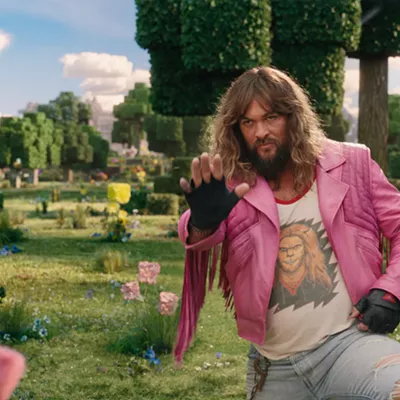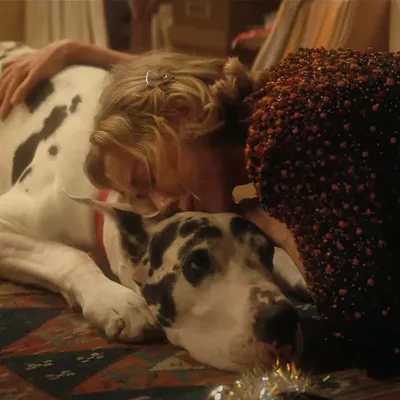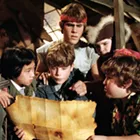There’s this unquantifiable thing known as the “magic of movies” that keeps us going back for more. A movie doesn’t have to be great to be a hit. It just has to capture the fancy of enough viewers. Life of Pi is going to capture a lot of fancies.
Based on the hit 2001 novel by Yann Martel (a book that, both times I tried reading, simply would not let me in), the film tells the “most incredible story” of an adventure taken by young Pi (Suraj Sharma) when he and his family and a host of animals from the family’s zoo board a cargo ship in India and head for a new life in America.
But the ship, his family and most of the animals don’t make it past a dark and stormy night at sea, leaving a soaked and shaken Pi alone in a lifeboat. Well, a look at any poster for the movie reveals that he’s not quite alone. He’s accompanied by a fierce Bengal tiger named Richard Parker. This results in both of them trying to survive at sea, dealing with hunger and thirst and the elements, and each other.
That’s about it. Nothing else much happens here, except for a few flashbacks in Pi’s life, and the bookends of Pi, many years later (Irrfan Khan), telling his story to a curious novelist (Rafe Spall). In the hands of a less-talented director, this could easily have become an exercise in boredom. But Ang Lee has worked magic before, most notably in Crouching Tiger, Hidden Dragon.
Some of the magic in Life of Pi has to do with the grand beauty captured by the work of cinematographer Claudio Miranda (The Curious Case of Benjamin Button), as when he fuses sea and sky together, both in the yellow-hued daytime, and the black-but-starry nighttime. Most of the magic centers on the thoughts that will be going through viewers’ heads, something along the lines of: “How did they do that?”
Though it’s obvious that some use has been made of CGI in Life of Pi, it’s equally clear that in a lot of scenes we are looking at a real tiger, acting with a real person. Yes, I was sitting there, getting so wrapped up in watching the big cat, even I kept mouthing the words, “How did they do that?”
Props go to newcomer Suraj Sharma for being so expressive, not only in his “discussions” with the tiger, but also during his lengthy silences. Of course, it helps having that beautiful but frightening animal nearby. This turns into a film where even though not much happens, you’re constantly wondering what’s going to happen next.
Unfortunately, a couple of times, what happens is something the film could have done without. A scene on the cargo ship in which a frustrated cook (Gerard Depardieu) takes out his anger on Pi’s frustrated family, adds nothing to the narrative. Another scene, much later, goes to excess even though it was likely trying for a sense of wonder. It involves Pi grooving on a luminescent nighttime ocean when a huge whale rises up from the deeps, causing havoc. Maybe the scene was in the book (I don’t know, as I never got past page 50), and the filmmakers thought it just had to be included. But it comes during a period of calmness, and does nothing but cause a big distraction to the mood.
The film is also saddled with a confounding ending that stretches things out too long. It’s too bad, because if it ran for just under two hours instead of just over two hours, the magic that finally starts to fade would have remained at full strength.















